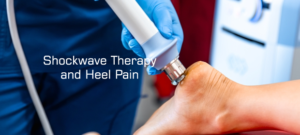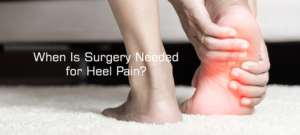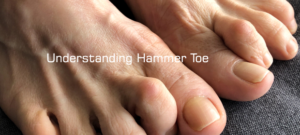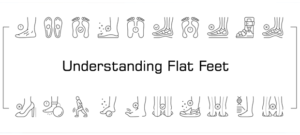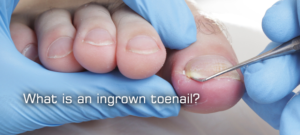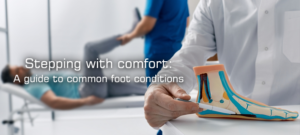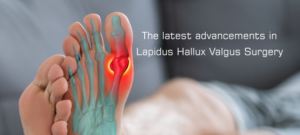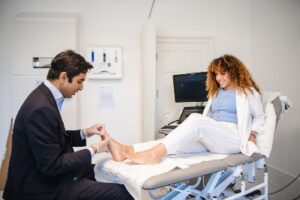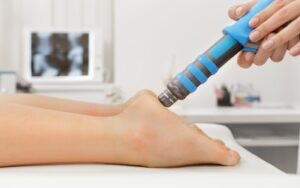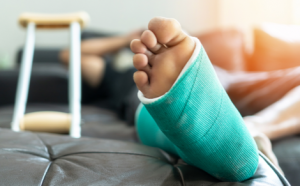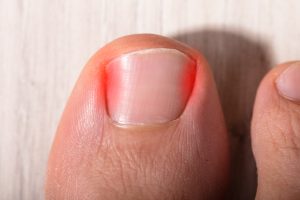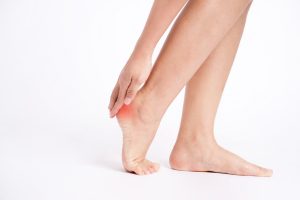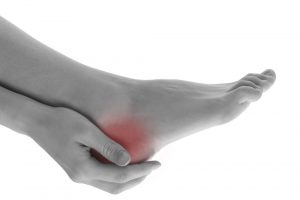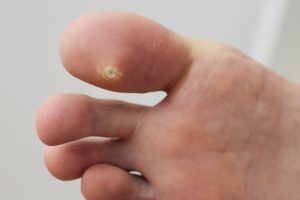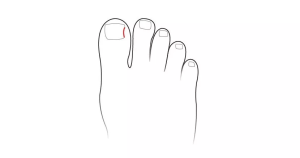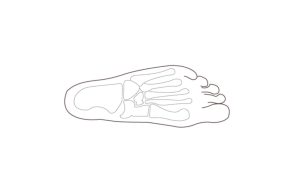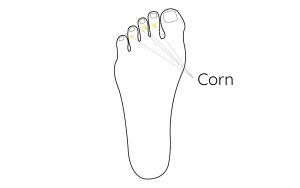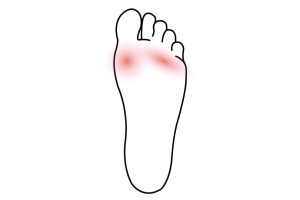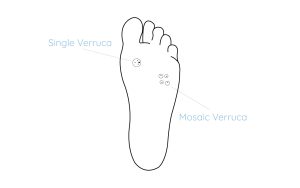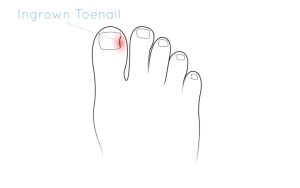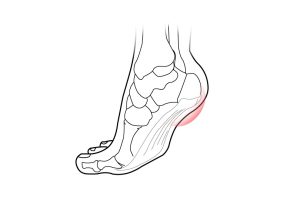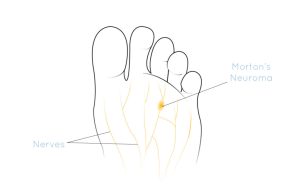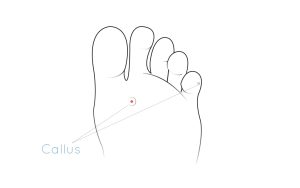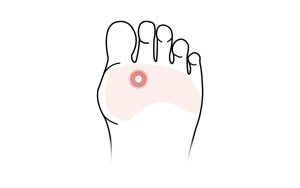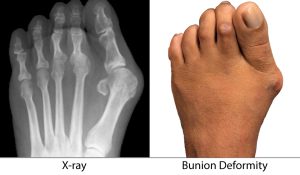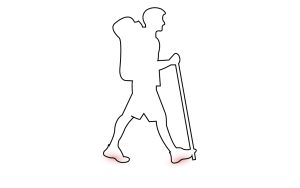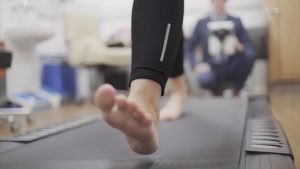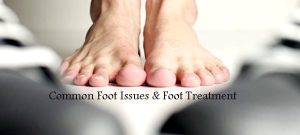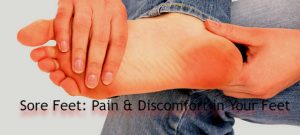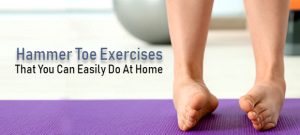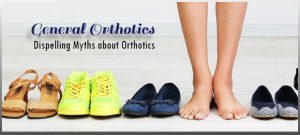Flexible Flat Feet
What is flat foot?
Flatfoot is often a complex disorder with diverse symptoms, varying degrees of deformity and disability. There are several types of flatfoot, all of which have one characteristic in common: partial or total collapse (loss) of the arch.
Other characteristics of flatfoot:
Flat feet issues may include toe drift, which is where the toes and front part of the foot point outward. The heel tilts toward the outside and the ankle appears to turn in. A tight Achilles tendon, that causes the heel to lift off the ground earlier when walking, may make the problem worse. Bunions and hammertoes may also develop as a result of a flatfoot.
Causes of flatfeet:
- Foot or ankle injury
- Weak arches
- Genetics
- Loose connective tissue
Types of flat feet:
-
A rigid flatfoot is a result of either genetic malformation, such as abnormal bone structure or tarsal coalition, where bones are fused. Rigid flat foot also occurs due to osteoarthritis. The arch of the foot will remain flattened, despite the position of the foot.
-
A flexible flatfoot is where the arch is normal when sitting or on tiptoes but can collapse whilst standing.
Flatfoot Symptoms:
Symptoms, which may occur in some people with flexible flatfoot, include: Pain in the heel, arch, ankle, or along the outside of the foot “Rolled-in” ankle (over-pronation). Flatfoot can also cause pain along the shin bone (shin splint) and general aching or fatigue in the foot or leg and lower back, hip or knee pain.
Flatfoot Diagnosis:
The first stage in diagnosing flatfoot will include a specialist examining the foot and observing how it looks when you stand and sit. X-rays are usually taken to determine the severity of the disorder if surgery is advised to determine the degree of the condition and any associated problems. If you are diagnosed with flatfoot but you don’t have any symptoms, your specialist will explain what you might expect in the future. A gait analysis/ biomechanical assessment may also be carried out.
Treatment for flatfoot:
Following an assessment, your specialist may advise on:
Surgery for flatfoot:
If conservative treatment has not resolved the discomfort then your specialist may advise on surgery. X-rays are carried out ahead of surgery to confirm which procedure would be most appropriate. Surgery may include:
- HyProCure procedure
- Lapidus procedure
- Tendon transfer
- Midfoot fusion
- Evan’s osteotomy
Frequently asked questions
Sometimes a flat foot causes no problems at all but it increases the chance of certain conditions developing.
Flat feet can increase the risk of you developing plantar fasciitis, as well as some tendonitis such as posterior tibial tendon dysfunction and flexor tendinopathy. Flat feet are also associated with bunions.
Flat feet is not a serious problem but some conditions associated with it can develop and become serious if they are not treated. For example, posterior tibial tendon dysfunction can gradually worsen leaving your foot eventually in a rigid flat position where only complex surgery can help. Bunions are associated with flat feet, if bunions are left to worsen they can start to cause additional problems with the smaller toes next to it.
Related Blogs
Thoughts and advice on foot health care from the Podogo team.

